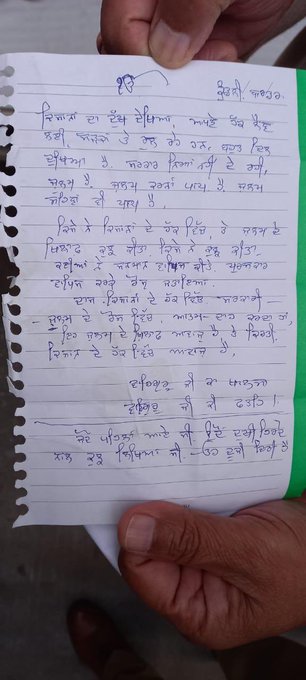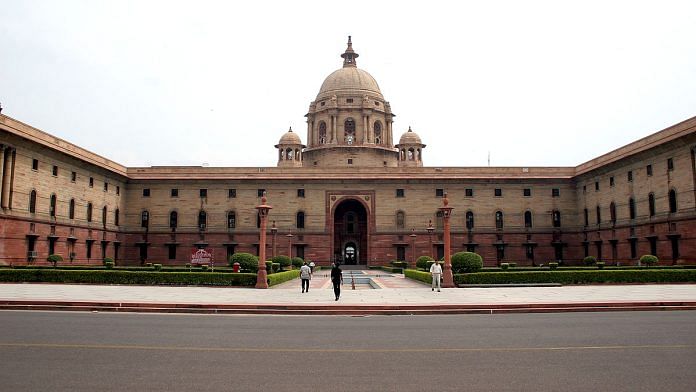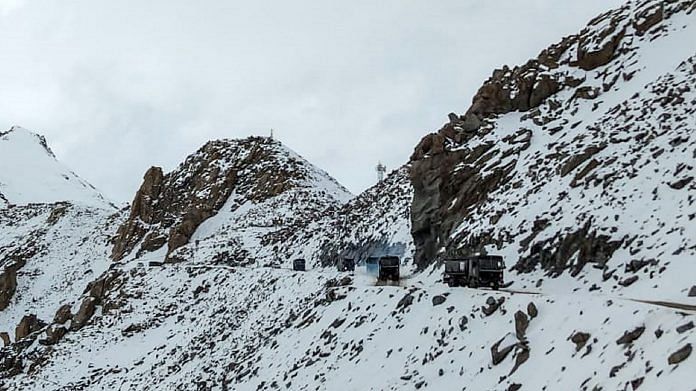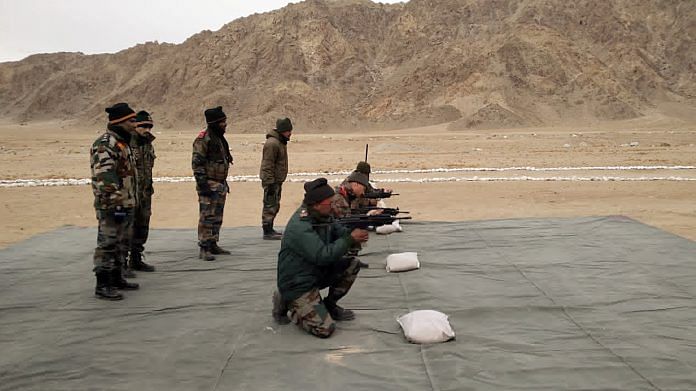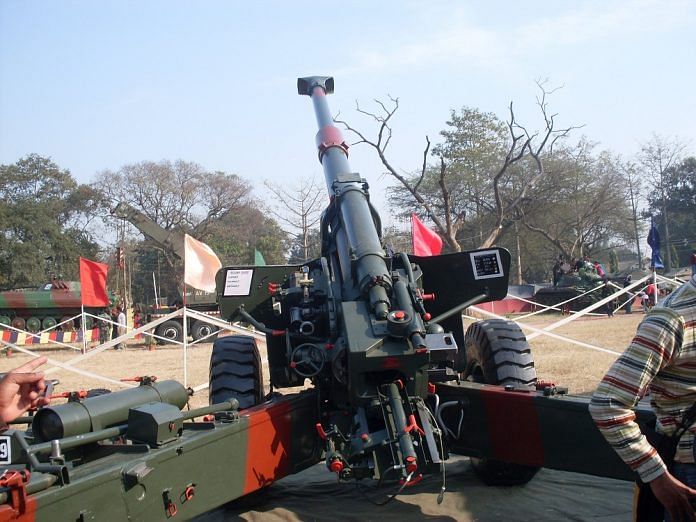Tribune News Service
Sonepat/Karnal, December 16
A 65-year-old ‘sant’ reportedly committed suicide by shooting himself dead at Singhu border on Wednesday evening.
Deceased Baba Ram Singh of Singhra village in Nissing area of Karnal district had a large following.
Read more: SC issues notice to Centre on petitions seeking removal of agitating farmers from Delhi roads
Forming new committee no solution: Protesting farmer leaders on SC suggestion
Jaipur-Delhi highway remains partially blocked
Baba Ram Singh was on the seat of Gurdwara Sahib Nanaksar, Singhra village.
A handwritten note in Punjabi, purportedly left behind by the deceased, says he was unable to bear the “pain of farmers”. The note is being verified by police.
An official of the Sonepat police said they had received a call that Sant Ram Singh (65), who hailed from Karnal, allegedly shot himself.
The deceased was rushed to a hospital in Panipat where doctors declared him brought dead.
The official said the exact spot where the incident took place is being verified and police are in the process of recording statements of the deceased’s family members.
SAD spokesperson and Delhi Sikh Gurdwara Management Committee president Manjinder Singh Sirsa expressed grief over the incident and urged farmers to exercise restraint.
“A very sad news has been received that Sant Ram Singh, who dedicated his life to the service of humanity, committed suicide by shooting himself,” he said on his Twitter handle.
According to Sirsa, the victim wrote in his suicide note that he was unable to to bear the “pain of the farmers”.
“It is a sin to suffer atrocity and witness it, which I cannot see,” Sirsa said the cleric wrote in his suicide note.
Sirsa appealed to farmers to exercise restraint.
“It is a very grave time. I request you as the chief sewadar of the DSGMC to exercise restraint because anybody can do mischief in the farmers’ agitation. It is a very sad incident for all of us but we need to be restrained,” said Sirsa.
Baba Ram Singh came at Nanaksar Gurdwara Singhra in 1990 from Nanaksar Gurdwara Jagraon in Punjab. He had also extended support of Rs 5 lakh to the farmers’ agitation this week at Singhu border. He had distributed 500 blankets yesterday to farmers at Singhu border, said Kamarjeet Virk, one of his followers.
As per the followers closed to him, Baba Ram Singh went to Singhu border today to offer ‘ardas’ (prayer).
Congress leader Rahul Gandhi condoled Sant Ram Singh’s death by suicide and said the atrocity of the BJP-led Centre had crossed all limits.
“Sant Ram Singh of Karnal died by suicide looking at the condition of farmers. Many farmers have laid down their lives. The atrocities of the government know no bounds. The government should shed its ego and immediately repeal farm laws,” Gandhi said.
Body of Baba Ram Singh was taken to KCGMC, Karnal, where his followers refused to get his post-mortem done. His body was taken to Nanaksar Gurdwara Singhra, where thousands of followers had gathered. However, later the body was brought back to the hospital.
As the post-mortem was being done, Baba Ram Singh’s followers offered prayers.
Tense situation prevailed on the gurdwara premises. The followers said “maharaj ji ne sahadat diti hai kisana vaste, Modi ji, hun te kisana de sun lo” (maharaj ji sacrificed his life for farmers; Modi ji, now listen to the farmers.)
A large number of police personnel were also present outside the gurdwara.
BKU president Gurnam Singh Charuni termed Baba Ram Singh’s death as a big loss for the society.
Thousands of farmers from Punjab, Haryana and other state have been protesting near the Delhi borders for the past three weeks, demanding that the Centre’s farm laws be repealed. — With PTI inputs












